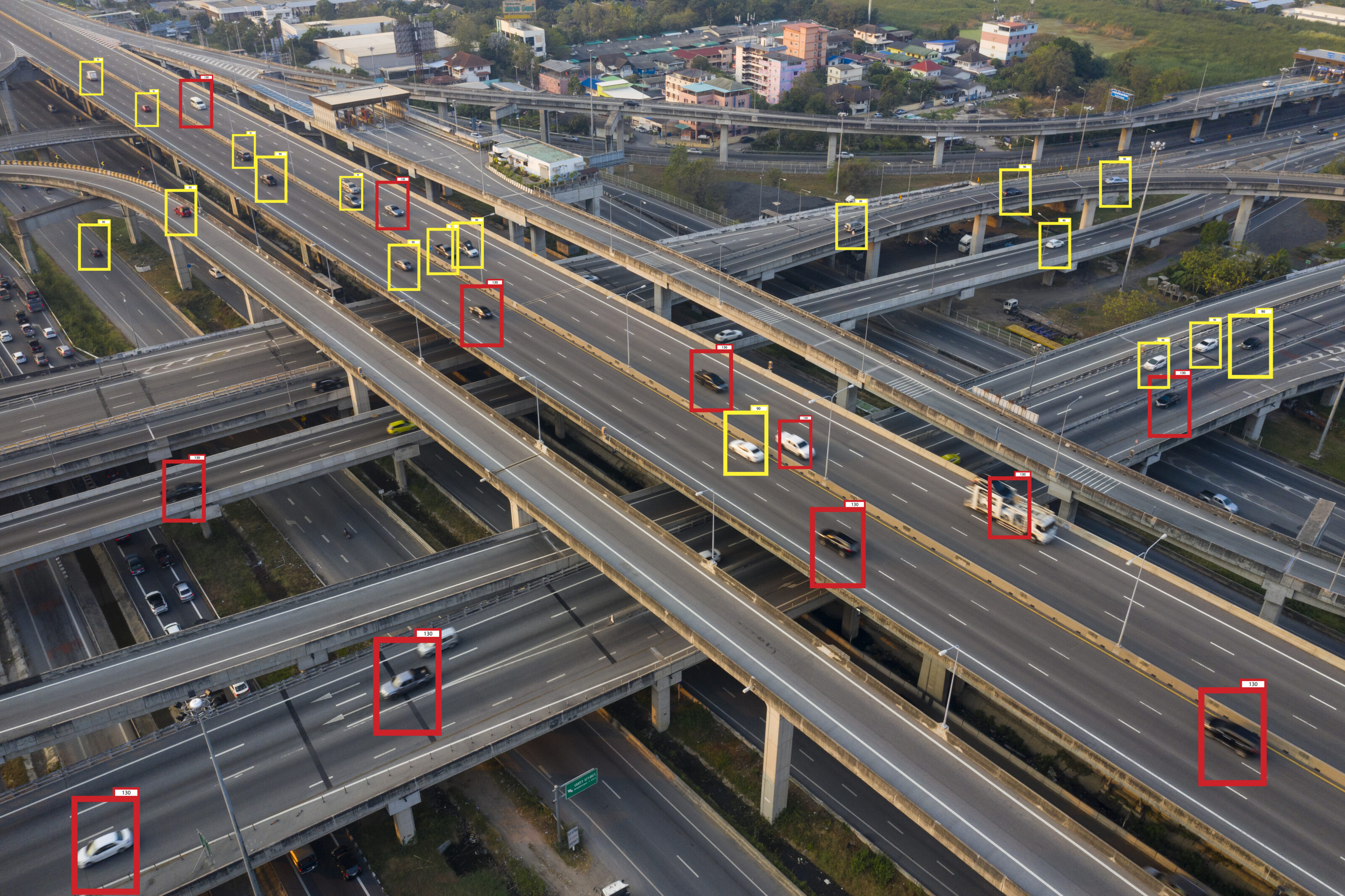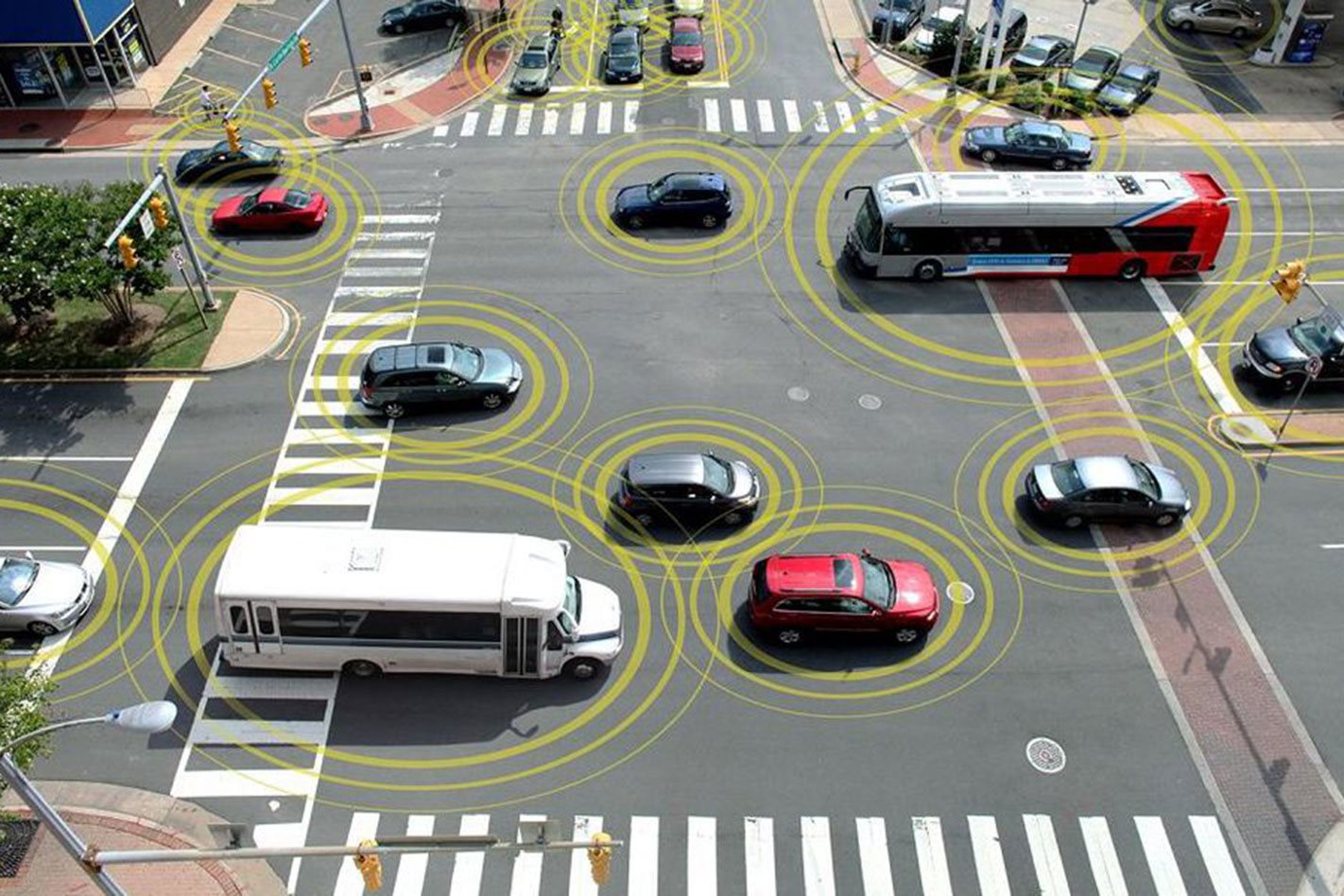
Snapshot
- The report calls for safer-car subsidies
- Many drivers are unaware of their car’s safety systems
- Road infrastructure isn’t ready for autonomous vehicles
A federal parliamentary report on road safety has revealed Australia has some way to go before active safety and semi-autonomous vehicle technology will play a significant role in lowering the national road death toll.
The wide-ranging document by the Joint Select Committee on Road Safety – titled Driving Reform: Final Report for the Inquiry into Road Safety – examines factors contributing to fatal and serious injuries on Australian roads and considers opportunities to improve outcomes.
The committee received hundreds of submissions from 78 stakeholders ranging from individuals to peak safety bodies, which influenced 61 recommendations to the Federal Government that centre on; regulation, enforcement, funding, vehicle safety and affordability, intergovernmental co-operation, and improved driver education and licensing requirements.

Some of the submissions revealed significant contributors to the road toll range from the poor state of rural roads, to a lack of infrastructure for vulnerable road users (such as cyclists and pedestrians) and an inability of local governments to plan road improvements because of uncertain funding arrangements.
And while the report acknowledged that cars have become much safer, their high-tech safety features are often unable to be exploited.
A key reason was affordability, which led to the committee recommending federal, state and territory governments remove tax-based barriers to the purchase of newer, safer vehicles in favour of incentives – with a focus on supporting lower-income road users and people in regional, rural, and remote areas.
Education
Another issue is those who can afford a newer vehicle with modern driver assistance technology often drive off the dealership forecourt with little or no knowledge on how to select, operate, and maintain their vehicles to optimise safety outcomes.
Then there is the fact that advanced driver assistance technology could lead to complacency.
“We can’t just assume that people will know automatically what the systems will do.”
According to the Human Factors and Ergonomics Society of Australia (HFESA), “some advanced driver assistance systems that we have in cars now can encourage what we call this negative behavioural adaptation, but to different extents. Even something like adaptive cruise control…can make people…a bit complacent”.
HFESA also noted that unrealistic expectations around autonomous safety features may be due to marketers overemphasising the benefits of those features without educating drivers on how they should be used.

The Australasian New Car Assessment Program (ANCAP) agreed, telling the committee automated systems can result in people becoming disengaged with the driving process.
It pointed out how the Assisted Driving Program of its Euro NCAP counterpart assesses the level of assistance provided by a vehicle; how this is matched by the perceptions of the driver; and the ability of a system to keep drivers engaged. The program also assesses how a system responds where a driver fails to react to a safety event, and how it responds in emergency situations.
From 2023, ANCAP testing will include additional automated safety features such as advanced AEB and driver monitoring.
Confusion
In its submission, the Australian Road Safety Foundation (ARSF) said training in relation to new safety technologies was particularly needed for older people.
“We can’t just assume that people will know automatically what the systems will do, even for a hybrid vehicle,” it stated.
“For example, you might find that you go to an airport and pick up a rental car that’s a hybrid car, so clearly, it’s not going to have the engine start-up and those traditional things that you automatically associate with a car.
“There is an opportunity [for] a learning platform that provides awareness for every road user.”
Also confusing is the lack of standardised terminology for active safety technology, with AEB, for example, being called everything from Pre-Crash Safety System (Toyota) to Pre Sense Plus (Audi).
Connected Cars
Road-safety organisations also expressed concern that Australia’s roads and communications infrastructure will have trouble keeping up with connected autonomous vehicles (CAVs) that require the capacity to communicate with other vehicles, road infrastructure, and other objects to function.
According to the Monash University Accident Research Centre (MUARC), “it’s important to…get [safety] features into vehicles as quickly as we can, but at the same time, we need to be focusing on supporting infrastructure, like speed signs and road markings, that are…going to make those vehicles as functional as possible when they get rolled out.

“It’s not just a single approach and it’s not just about advertising; it’s about looking at the whole system and how it supports benefits that can accrue from these technologies.”
It added that the sheer size of the road network and the need to prioritise mobility means preparing the network for current and future safety technologies will be challenging.
The MUARC also recommended the Federal Government ensures CAVs comply with international best practice standards and conduct ongoing evaluations of technology as it is rolled out, to avoid unintended safety consequences during the transition period.

According to ANCAP, this work is in line with the Commonwealth developing a national policy framework outlining areas for action in relation to CAV technology – from 2025 ANCAP testing will also focus on vehicle-to-vehicle communication and cyber security, supporting the rollout of CAVs.
But the Centre for Accident Research and Road Safety in Queensland stated CAV trials are not adapted to the needs of regional, rural, and remote areas, stating that tests must capture the needs of both urban and regional communities.
Even so, the committee noted ANCAP’s point and was satisfied the National Road Safety Strategy 2021-2030 proposes the implementation of a national approach to the regulation of vehicles with autonomous systems and the preparation of the road network for CAV developments. Though any real headway remains to be seen.
We recommend
-
 News
NewsANCAP reveals van safety comparison for 2022
More poor results for Mitsubishi and Renault's commercial offerings
-
 News
NewsFederal Budget: Funding for Black Spot Program cut by 20 per cent
The Government has cut funding for Black Spots in the same week a report identified regional roads as a major cause of fatalities
-
 News
NewsGovernment report: Rural roads a significant cause of road deaths
While cars are getting safer, a government report has found a high number of accidents are caused by the poor state of roads in regional Australia




